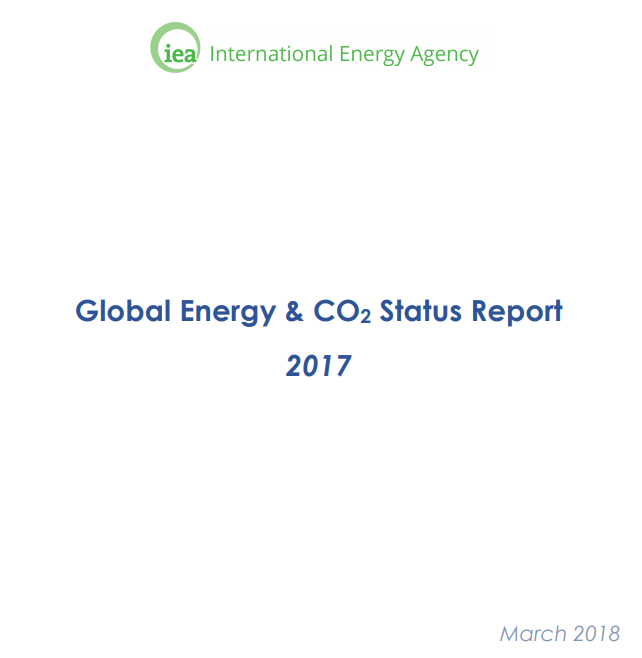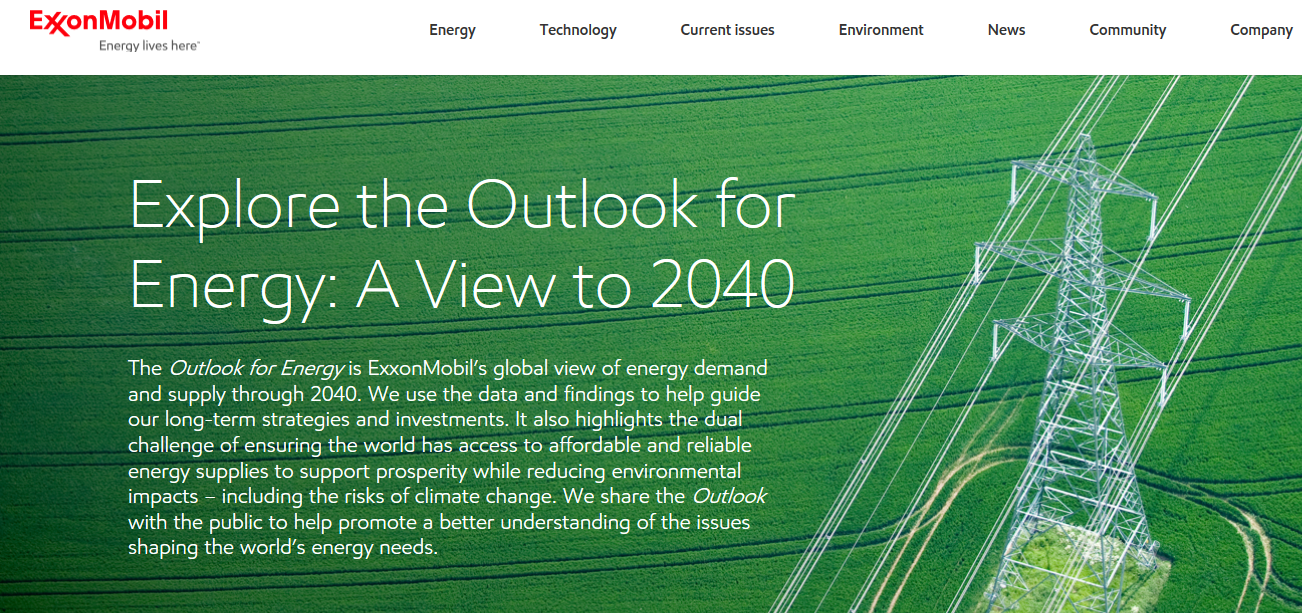23rd March 2018
IEA Global energy and CO₂ status report

Key findings of the latest International Energy Agency Global energy and CO₂ status report:
- Energy: Global energy demand increased by 2.1% in 2017, compared with 0.9% the previous year and 0.9% on average over the previous five years. More than 40% of the growth in 2017 was driven by China and India; 72% of the rise was met by fossil fuels, a quarter by renewables and the remainder by nuclear.
- Carbon dioxide (CO2): Global energy-related CO2 emissions grew by 1.4% in 2017, reaching a historic high of 32.5 gigatonnes (Gt), a resumption of growth after three years of global emissions remaining flat. The increase in CO2 emissions, however, was not universal. While most major economies saw a rise, some others experienced declines including the United States, United Kingdom, Mexico and Japan. The biggest decline drop came from the United States, mainly because of higher deployment of renewables.
- Oil: World oil demand rose by 1.6% (or 1.5 million barrels a day) in 2017, a rate that was more than twice the annual average seen over the last decade. An increasing share of sport-utility vehicles and light trucks in major economies and demand from the petrochemicals sector bolstered this growth.
- Natural gas: Global natural gas demand grew by 3%, thanks in large part to abundant and relatively low-cost supplies. China alone accounted for almost 30% of global growth. In the past decade, half of global gas demand growth came from the power sector; last year, however, over 80% of the rise came from industry and buildings.
- Coal: Global coal demand rose about 1% in 2017, reversing the declining trend seen over the last two years. This growth was mainly due to demand in Asia, almost entirely driven by an increase in coalfiredelectricity generation.
- Renewables: Renewables saw the highest growth rate of any energy source in 2017, meeting a quarter of global energy demand growth last year. China and the United States led this unprecedented growth, contributing around 50% of the increase in renewables-based electricity generation, followed by the European Union, India and Japan. Wind power accounted for 36% of the growth in renewablesbasedpower output.
- Electricity: World electricity demand increased by 3.1%, significantly higher than the overall increase in energy demand. Together, China and India accounted for 70% of this growth. Output from nuclear plants rose by 26 terawatt hours (TWh) in 2017, as a significant amount of new nuclear capacity saw its first full year of operatio
- Energy efficiency: Improvements in global energy efficiency slowed down dramatically in 2017, because of weaker improvement in efficiency policy coverage and stringency as well as lower energy prices. Global energy intensity improved by only 1.7% in 2017, compared with an average of 2.3% over the last three years.
A summary follows:
View also ExxonMobil Energy Outlook 2040.
